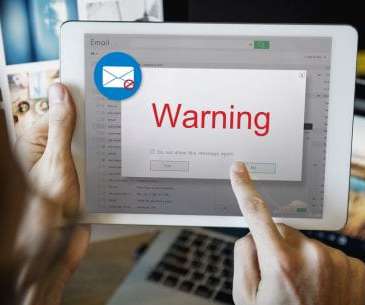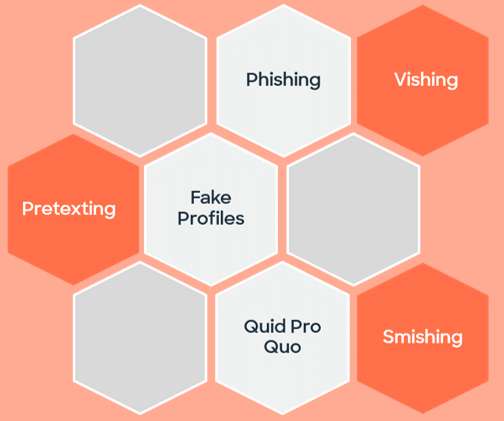The Big Spike In ‘CEO Fraud’
PYMNTS
FEBRUARY 12, 2020
Phishing/vishing/smishing/pharming, non-payment/non-delivery, extortion and personal data breaches were among the favored attack patterns last year. By comparison, phishing scams usually bring in between $300 – $500, while ransomware attacks cost around $4,400.











Let's personalize your content